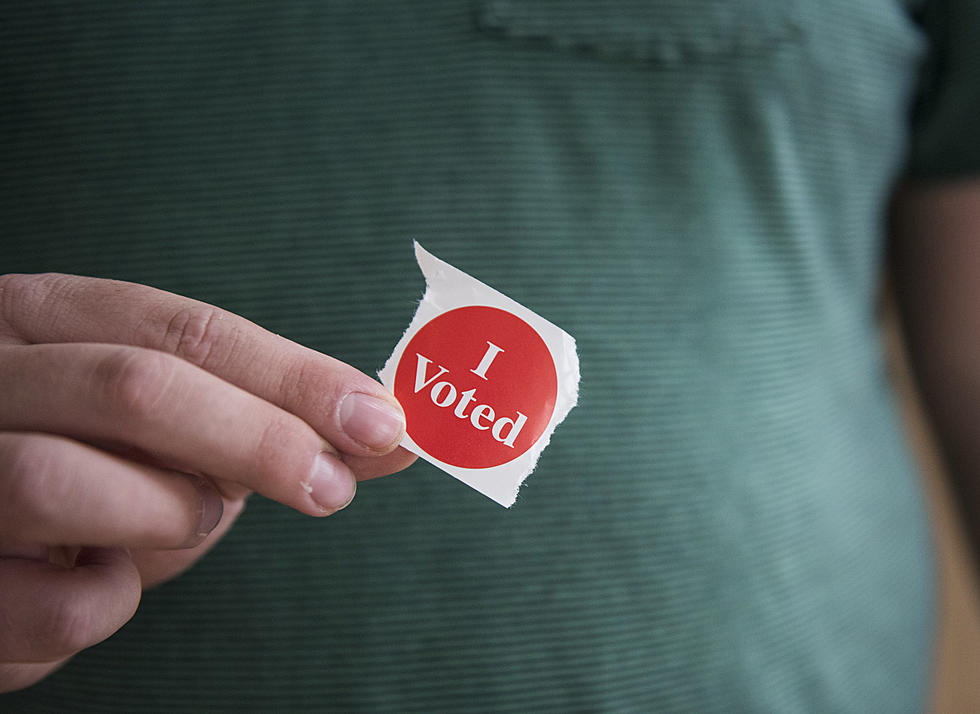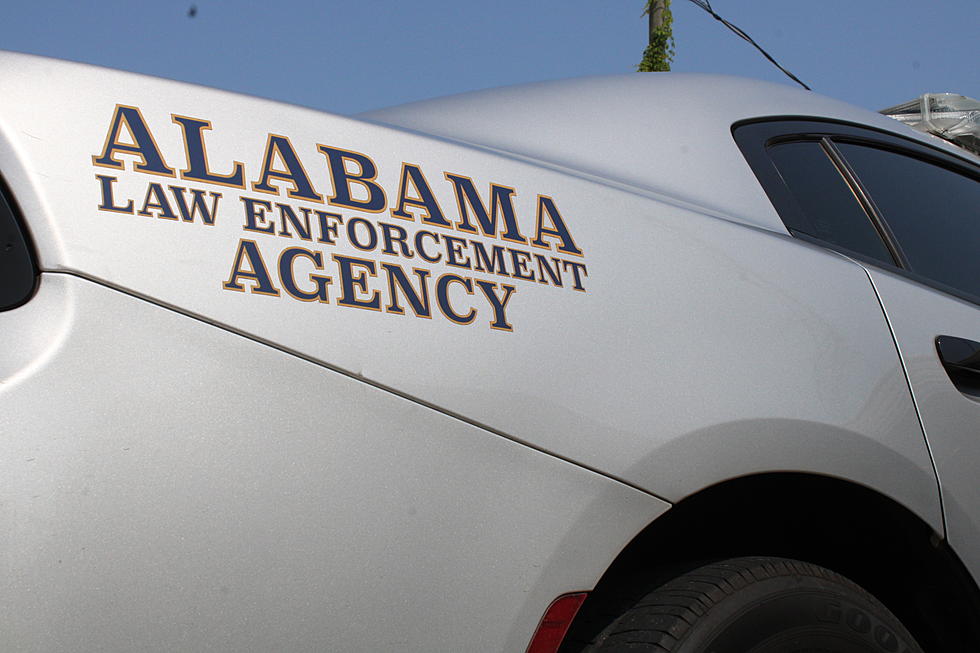
Tuscaloosa Groups Call for Transparency with Voting Redistricting Lines
Local organizations and concerned citizens are calling for more transparency and more collaboration with the City of Tuscaloosa as voting district maps are set to be redrawn.
The process known as redistricting details the drawing of new district lines across cities, like Tuscaloosa. The way in which the lines are drawn can impact the racial and ethnic makeup of a district, which can go on to pack majorly minority communities together or disperse them over multiple districts, as explained by Tuscaloosa Action, a local activist group.
"According to the 2020 Census, Tuscaloosa's population is now 52 percent non-white," said Mike Altman, a spokesperson Tuscaloosa Action.
In the 2010 census, 52 percent of Tuscaloosa residents were white, but that number has since dipped to 47.9 percent.
Altman said that in the past ten years since the last maps were redrawn, Tuscaloosa's population has increased by 9,000 people, most of which is in non-white communities, especially the Black community. According to Altman, less than five percent of the growth was attributed to white residents.

He said that current maps created in the last redistricting cycle packed Black voters into District 7, with a racial makeup of 74 percent Black. Additionally in District 6, which borders District 7, only 37 percent of the population was Black.
Tuscaloosa Action proposed a new city district map that would create four majority-minority districts in west and southeast Tuscaloosa, two predominantly white districts in north Tuscaloosa and downtown and a competitive district in east Tuscaloosa for District 5.
“We are a minority-majority city,” Altman said. “That doesn’t show up in our representation on city council, however, because two of our districts are racially gerrymandered, and a number of the districts are racially packed.
"Residents in Districts 1, 2, and 7 might feel like the city doesn't pay enough attention to their neighborhoods," he continued. "Residents who live in the West End might feel like the politicians only come around and pay attention to them during election years. They might feel this way because the current map does not accurately represent our city."
The Tuscaloosa branch of the NAACP stood in support of this claim, stating that the redistricting process has not been as transparent as it could be, and they urged local leaders to allow for more public input from organizations like these. Lisa Young, president of the NAACP's Tuscaloosa branch, said that in the past, Tuscaloosa Mayor Walt Maddox has reassured that the makeup of the city council is truthfully representative of the city, but she claims now it's fallen short of that standard.
"We want to ensure that there are no lines drawn to protect someone's seat and there is no obvious political gain," Young said. "We also want to make sure that from a socioeconomic standpoint that they don't create clusters of poverty... We were told there would be public hearings, but so far, there has been none. When we got the Census count, each council member said they would create a committee, and each councilperson would go out to their constituents and get input. I don't recall there being any discussion as it relates to a map."
Altman said that Tuscaloosa residents have neither seen a draft map from the council, nor have they heard word on when the council will vote on any new maps. He also said that Tuscaloosa Action has reached out to Maddox and members of the council to address theses concerns, but has not heard back from several individuals after he raised followup questions.
Altman alleged that Council President Kip Tyner's followup responses called the group's questions "condescending" and "insulting," because their tone insinuated that the council's decision would be unfair. He is still open to a collaboration between his group and the council, and wants to ensure residents have a say in choosing their representatives.
He went on to say that his goal with continuing to push for redistricting is for future voters that don't have a voice or platform at this moment.
"A kid who is 8 or 9 today will be voting according to this map. So, it's really important that it's fair for that kid, wherever they life in the city," Altman said. "If we want a government that is responsive to our citizens' needs, then we need a map with districts that accurately reflects our citizens."
Altman encouraged any residents interested in getting involved to do so, starting with requesting a public hearing on redistricting. Anyone interested can reach out to Tuscaloosa Action and the Tuscaloosa Branch of the NAACP to learn more.
Top Stories From The Tuscaloosa Thread (12/13-12/17)
More From Tuscaloosa Thread









